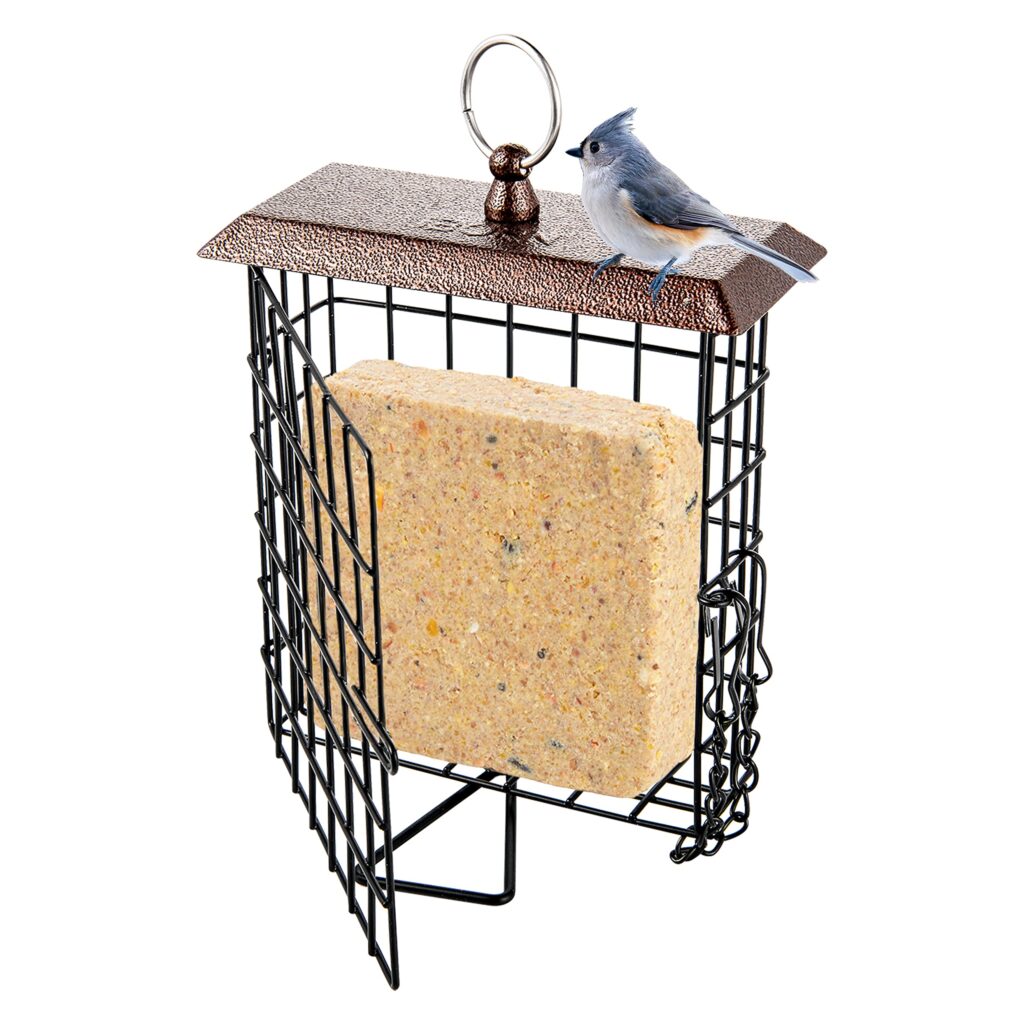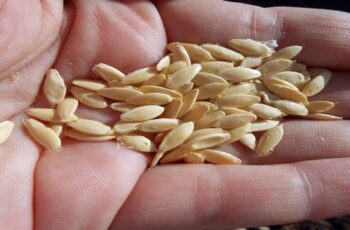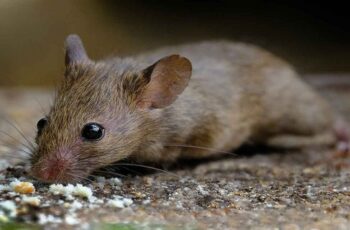Ad Blocker Detected
Our website is made possible by displaying online advertisements to our visitors. Please consider supporting us by disabling your ad blocker.
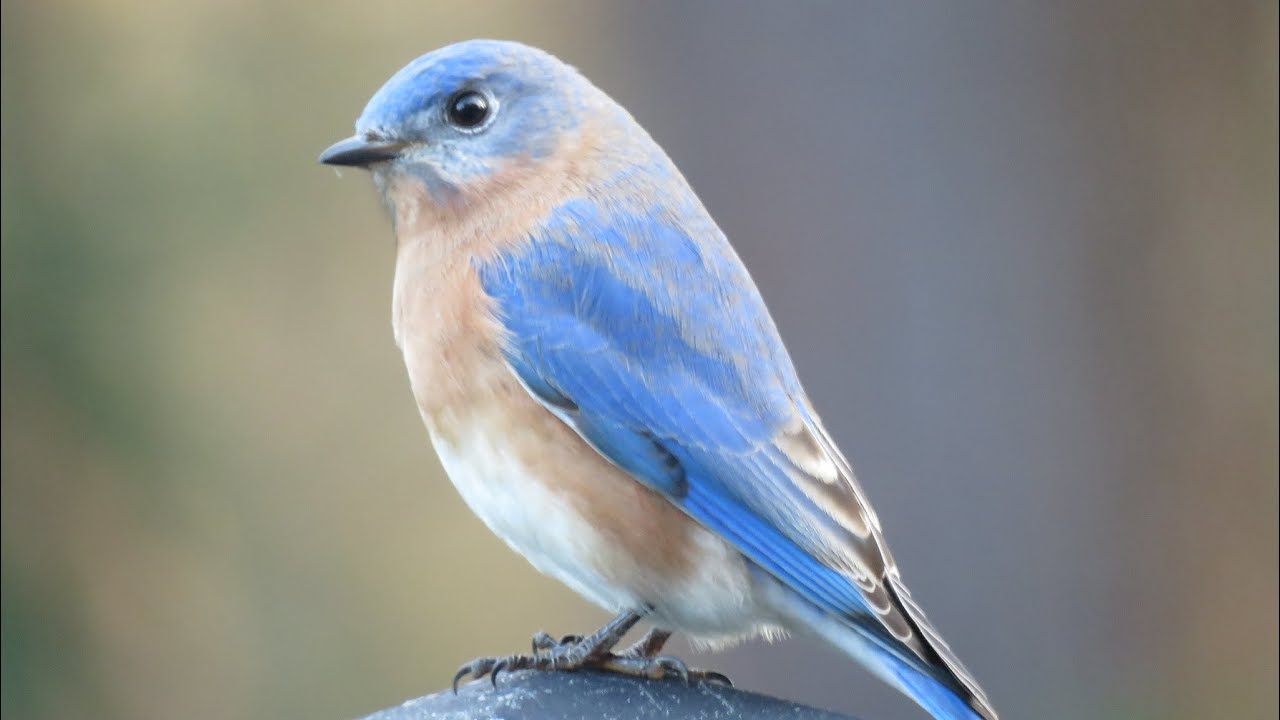
Bluebirds & Insects
Above all, Native American tribes understood that the presence of bluebirds would play a crucial role in safeguarding their crops from destructive insects—a belief that has endured among farmers and gardeners to this day.
This conviction is evident in the common sight of bluebird houses strategically placed on fence poles surrounding fields and expansive gardens, offering a welcoming abode for these beautiful birds. The rationale is simple: by enticing insect-devouring birds to make a home nearby, the advantages they bring can significantly enhance the well-being of the crops.
So, if you manage to attract and keep bluebirds in your yard, you’re likely to enjoy similar substantial benefits!
How To Attract Bluebirds To Your Yard
What Bluebirds Eat
Bluebirds have quite an extensive menu when it comes to insects. While they may nibble on berries and small fruits from shrubs and trees, their preference leans towards a variety of insects. This includes grubs, mosquitoes, termites, spiders, crickets, beetles, grasshoppers, ants, and more.
Notably, bluebirds also have an appetite for insect larvae, a crucial aspect in curbing the proliferation of future generations of potential pests. This dining preference plays a vital role in the natural control of pest populations.
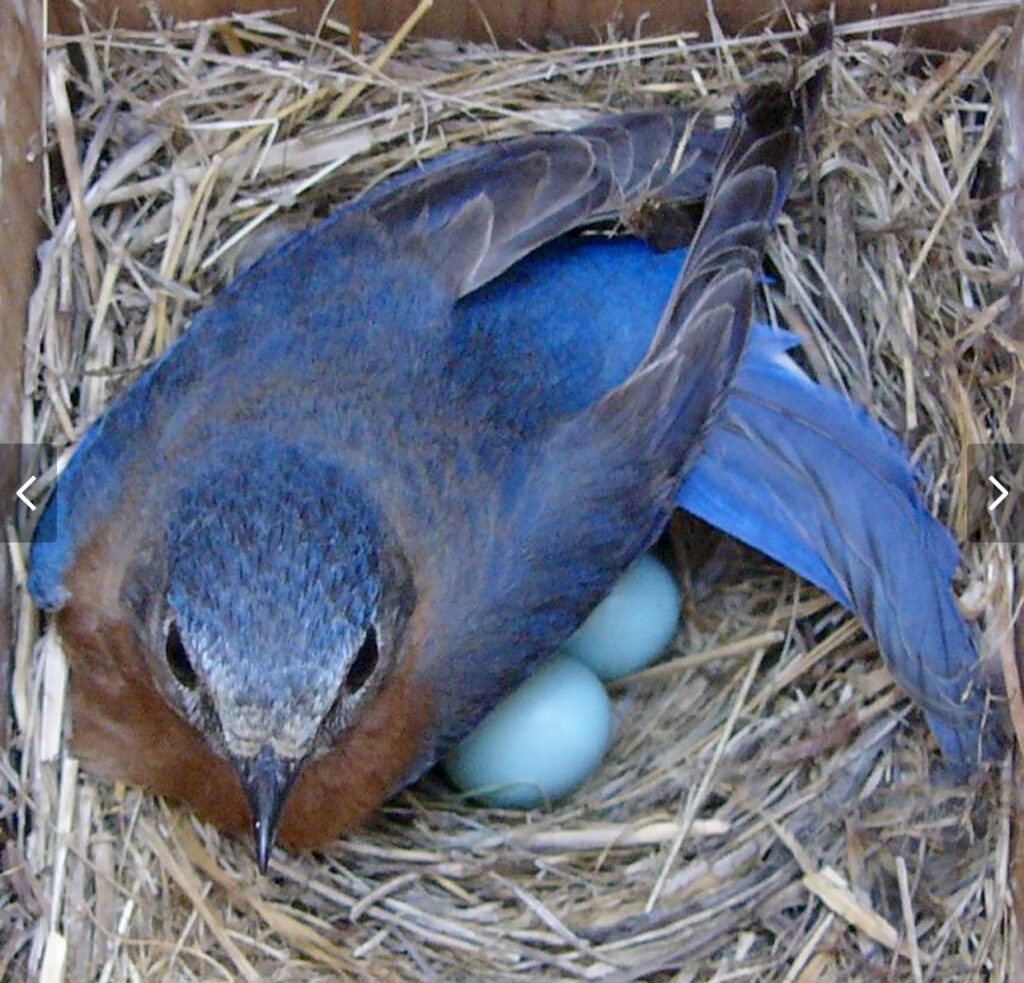
Ensuring an abundance of food sources is indeed crucial for attracting and retaining bluebirds. The good news for gardeners is that simply cultivating a vegetable or flower garden, or maintaining a landscape teeming with trees, shrubs, and perennials, creates an environment rich in the very insects bluebirds love to consume.
However, beyond providing quality food sources, bluebirds are more likely to stay in areas that offer suitable nesting spots. For these birds, a secure and safe location is essential for females to lay their eggs and raise their young.
Considering these two fundamental needs, let’s explore how to best furnish bluebirds with the right combination of quality food and secure housing to transform your backyard into a haven for these avian pest-fighting allies!
Providing Bluebirds A Home – How To Attract Bluebirds To Your Yard
While bluebirds are adept at creating natural nests in trees and bushes, they readily embrace the idea of residing in a pre-built birdhouse, especially when it offers safety and is specifically designed to meet their needs.
This bluebird is seen inspecting the interior of a salt-box style birdhouse, showcasing its willingness to take up residence in well-crafted, safe structures that are strategically located.
The beauty of bluebird houses lies in their simplicity. Bluebirds, being cavity-dwelling nesters, prefer to construct their nests in more confined spaces. Uncomplicated designs, such as the salt-box style with a slanted roof (as pictured above), have proven to be effective in both attracting and encouraging bluebirds to nest. Product Affiliate Link: Cedar Bluebird Viewing House
What Makes A Great Bluebird House – How To Attract Bluebirds
For a bluebird house to serve as a suitable home, it should be designed to keep water out, provide good ventilation, and allow for effective moisture drainage. Additionally, it needs to be securely mounted at a sufficient height to offer protection to the birds. Natural wood boxes are highly recommended, but if painted, opt for a lighter, reflective color to regulate heat.
When selecting or constructing a bluebird house, ensure the entrance hole falls between 1.5 and 2 inches in diameter. This size permits bluebirds to enter while preventing easy access for predators. The entrance hole should be positioned at least five inches above the floor, and the floor space should range from 5 x 5 to 6 x 6 inches. Larger dimensions may feel too spacious for the bluebirds to nest comfortably.
Bird House Placement – How To Attract Bluebirds
The location of the birdhouse plays a significant role in its success in attracting and safeguarding bluebirds.
Avoid placing the birdhouse near tree canopies or branches, as this provides predators with easy access to climb in and poses a threat to the birds. Instead, position the birdhouse on a post or pole in an open area, away from trees.
Ensure that the birdhouse is mounted at least 6 feet above the ground. This height helps deter predators such as minks, raccoons, and possums from attempting to access the nesting space. To enhance protection, consider adding a small bird house/feeder pole baffle., which acts as a deterrent for animals attempting to climb the pole.
Timing is also crucial. Install the birdhouse early, ideally in late winter or fall, to give birds ample time to scout and become familiar with the new home. Putting it up in the spring might be too late for them to commit to the space.
Providing Water & Food Supplements – How To Attract Blue BirdsIndeed,
ensuring that bluebirds have ample additional sources of food and water is crucial to attracting and retaining them. Like all birds, bluebirds need water to stay hydrated and energetic. Without a consistent supply of water, bluebirds are likely to move on to other areas. Providing a reliable source of water in addition to suitable food enhances the overall attractiveness of your space for these charming birds.
